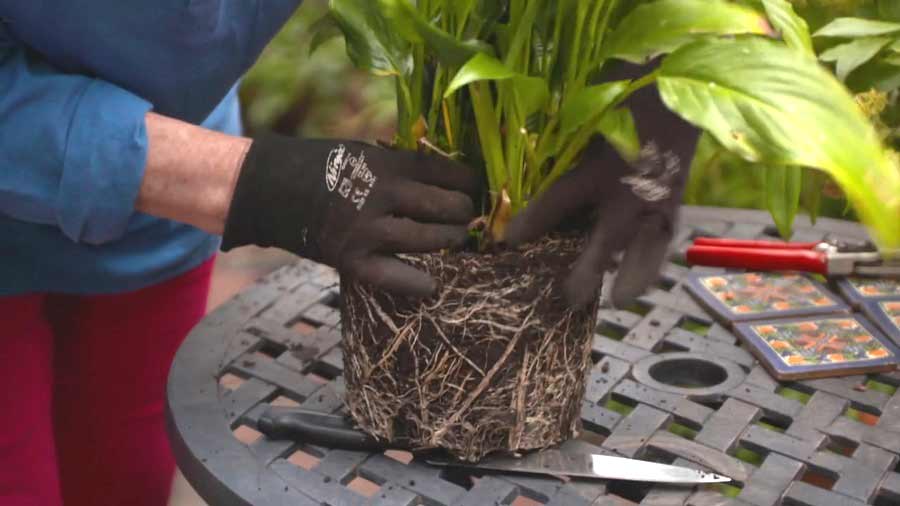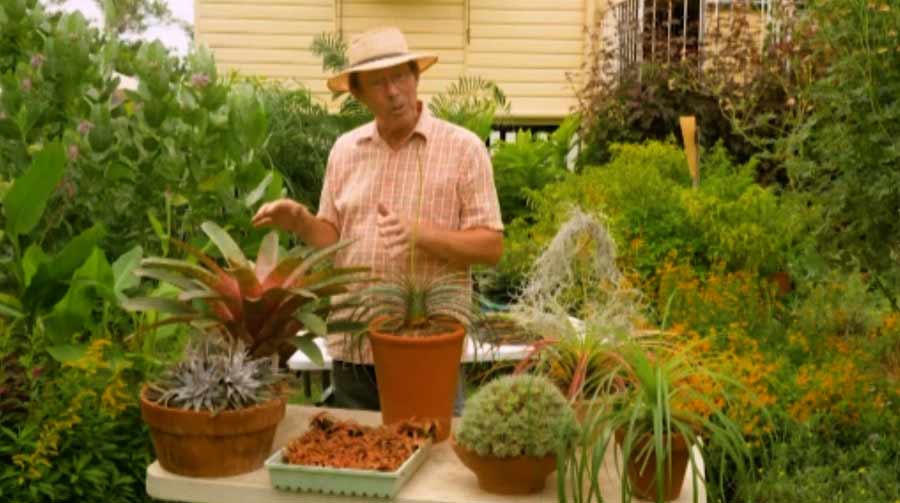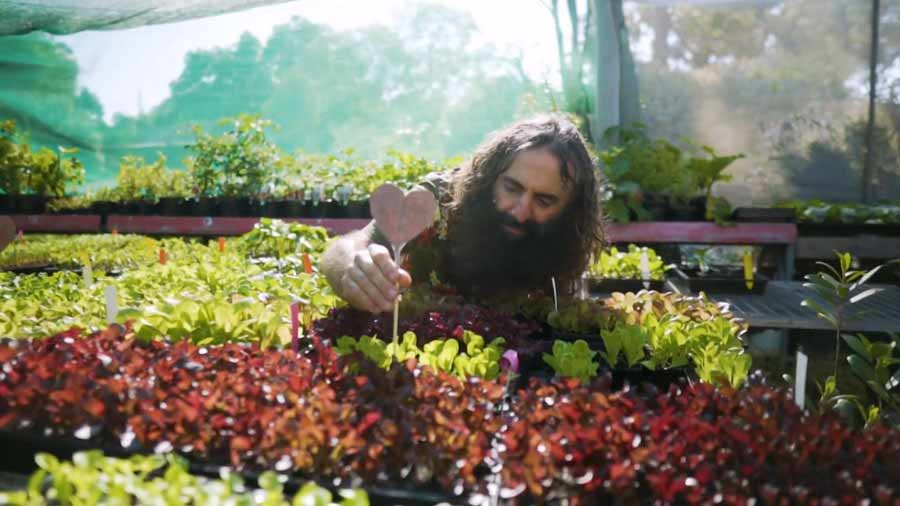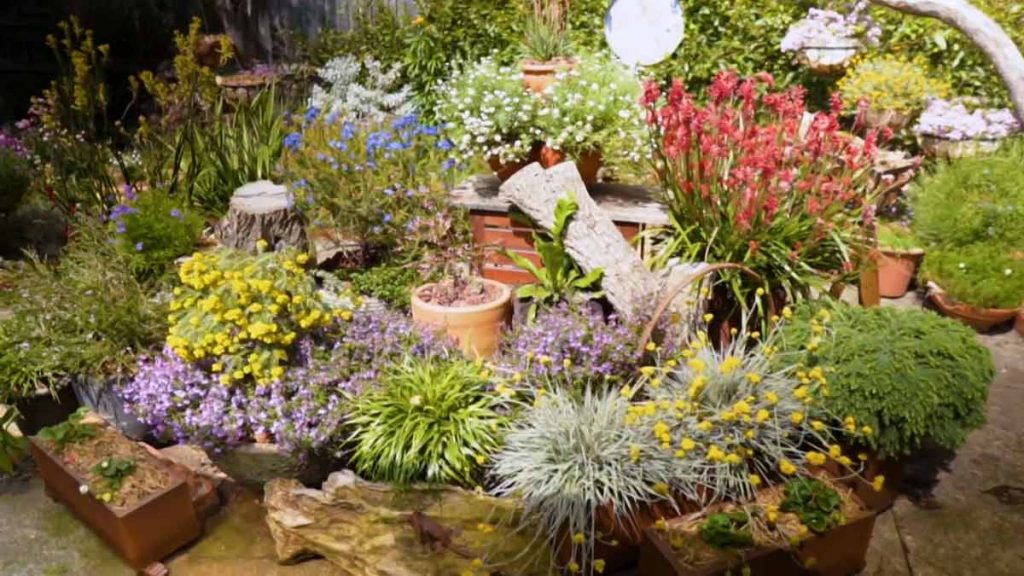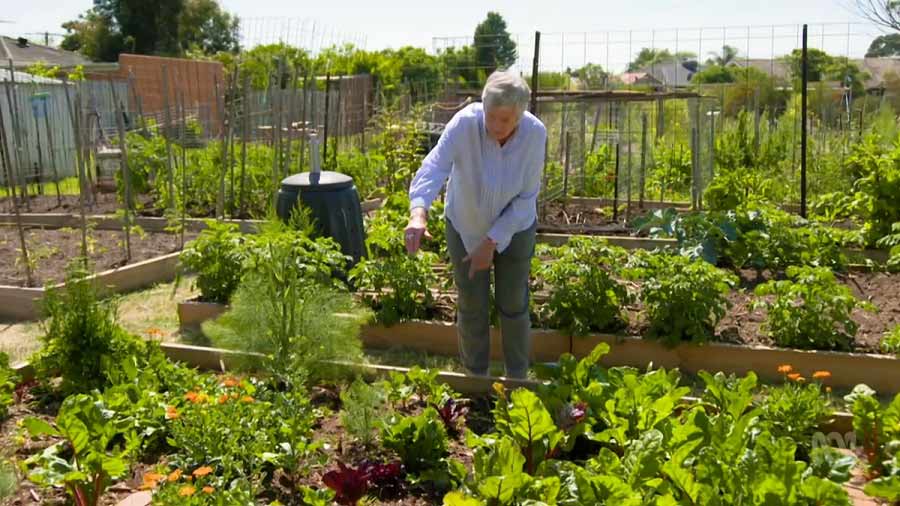Gardening Australia episode 26 2020: Costa Georgiadis gives a compost masterclass, Jane Edmanson tours a tiny food garden, Tino Carnevale attracts more wildlife neighbours, Sophie Thomson meets a group who’ve taken their love of gardening to the streets.
Gardening Australia has always provided practical, trustworthy and credible gardening advice to inspire and entertain. Inspiring, entertaining and full of practical advice, join Costa Georgiadis and the team as they unearth gardening ideas, meet avid gardeners and look at some of the most inspiring gardens from across the country.
Gardening Australia episode 26 2020
Compost 101
Costa explains how to get the best from your compost – by thinking like a microbe. The key to creating good compost is to think like a microbe, Costa says; like us, they need air, water and food. Get that right, and the local microorganisms and insects will soon transform your kitchen and garden waste into rich, healthy, sweet-smelling compost. A handful of compost can contain a billion microorganisms.
Costa sets up a simple system with two upright plastic compost bins – the ones with no base, although he covers them with some chicken wire to keep out vermin. Simply find a spot that’s out of the way, not in full sun, away from tree roots, and sitting on soil. Ideally you have two bins so, after one has been filled, you can leave it to decompose while you fill the second bin.
FAQs – Feeding bulbs | Watering tomatoes | Raising pots – Gardening Australia episode 26 2020
Gardening Australia presenters answer commonly asked gardening questions.
A Footscray Find
Jane visits a small but highly productive inner-city garden where tropical fruit defies the Melbourne climate. There are more than 50 different species of fruiting trees, shrubs and vines in this small garden, many of them unusual or tropical. David attributes a large part of their success to the near-perfect position of his garden. “It’s north-facing, it’s sheltered and protected, and with the fencing and the house we have a fair retention of heat and thermal mass, which has created a lovely microclimate.”
A sentimental favourite is the Saskatoon Berry (Amelanchier alnifolia). “I’m very excited about these as they are indigenous to the area of Canada I grew up in and I have fond memories of being in the bush and gorging on these delicious berries.” These haven’t fruited yet, but David is hopeful.
Another favourite is the Wampi (Clausenium wampi), which he describes as having fruit “that is a smaller, more citrusy version of a lychee, but without the seed”.
Plant Profile: Banksias
Clarence Slockee discusses a range of banksia species suited to home gardens.
Boosting Sacred Basil Harvest
Jerry shares how he boosts his sacred basil harvest. Jerry grows a lot of basil, especially sacred basil (Ocimum tenuiflorum). The bees love the flowers and Jerry uses it to make pesto. However, once the flowers die back and start producing seed, this is a signal to the plant to stop growing leaves.
By removing the finished flower heads, this message doesn’t get sent so the plant keeps producing leaves and new flowers, keeping both the bees and Jerry happy.
Kickstart My Heart
After months of renovations, Millie plants out the first section of her new garden. Millie has been renovating her house, which meant destroying a lot of her garden. Many plants were removed but others were protected by using pallets, iron stakes, upturned hanging baskets and even a broken stool.
Timber and bluestones have been saved to be used in the new garden, while black matting is hopefully killing off couch grass and the compost is cooking away in one corner. Today she plants out a small, protected space alongside the house, where she wants plants “to do everything”: be productive, look great, and provide habitat, too. A safe spot has been built in for bluetongues.
Land for Wildlife – Gardening Australia episode 26 2020
Tino wants to attract wildlife to his new farm and finds out how to make the space more habitable for them. Tino’s new property on Paytirami Country (on the Tasman Peninsula) is about 50 acres – bigger than the family needs – so while 10 acres has been set aside for growing food, the rest can be dedicated to wildlife.
The 40 acres includes some remnant bush that is already providing habitat, but also areas of cleared land where Tino would like to improve biodiversity.
Emma McPhee, co-ordinator for Land for Wildlife, visits to assess the land and is thrilled with the range of plants already growing there and the habitat it is providing. She recommends using similar species on the cleared land, starting with creekline, where dam building has disturbed the soil; this helps improve water quality and stop erosion as well as providing useful habitat.
Plant Profile: Native lemongrass
Jerry explains why he thinks native lemongrass is a real winner to grow in the garden. Jerry is a huge fan of this hardy grass, which he says is heat-resistant, drought-tolerant, able to cope with light frosts and even flooding rains, so long as it has good drainage.
It can be grown as a groundcover under palms and dracaenas. It’s also beautifully fragrant, so suitable for use in playgrounds and sensory gardens.
Dry Shade Design – Gardening Australia episode 26 2020
Josh has some suggestions for what to grow in some of the toughest garden conditions – dry shade. One of Josh’s favourite spots in his Perth garden is a cosy area outside his bedroom window. It’s only small but it presents some challenges in terms of growing plants because it’s quite shaded and also very dry, especially close to the house where the eaves and walls keep off a lot of the rainfall.
Josh has planted it to have a lush, exotic feel by using large-leafed plants such as banana and shell ginger (Alpinia). Underneath, the plants are in dense shade and competing for water with the larger established plants.
Species that grow well here include lomandra, bromeliads, snake plant and cast-iron plant. Josh is looking for some extra plants to bring colour to a bare patch, and he has chosen Goeppertias, which used to be called Calatheas. The spread via underground stems or rhizomes, which will help them fill the area.
Rosetta Street Greening
Sophie meets a group of neighbours who have taken their love of community and gardening to the streets. When the plantings around the West Croydon Railway Station in Adelaide started to look a bit weary, a group of residents got together and asked the local council if they could replace them.
The group, calling themselves Rosetta Street Greening, not only got permission but the council agreed to provide plants and mulch, too, said group co-ordinator Mark Gauci. The residents would water and maintain the new garden beds. About 40 people turned up to the first working bee and the group has been growing ever since. The all love their local area, meeting neighbours, getting outside, gardening, beautifying the street – “and they love their morning tea!” adds Mark.
Dividing Peace Lilies
Jane shows how to divide a peace lily. Sometimes a new plant can bring twice as much value if it’s big enough to be split into two, says Jane Edmanson. She has a large peace lily and shows how easy it is to cut the root ball in half with a sharp knife, forming two or even three new plants.
